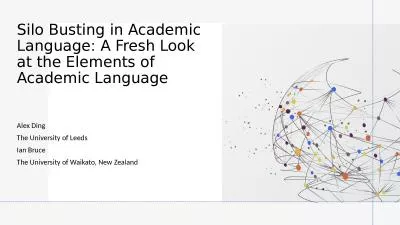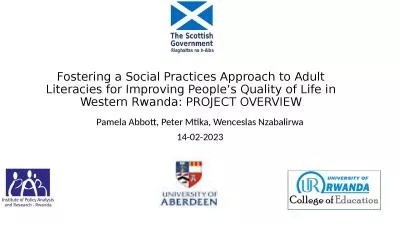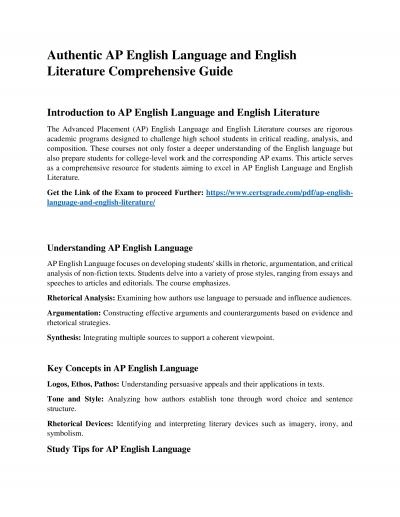PPT-“Teachers’ professional knowledge in scaffolding academic literacies for English language
Author : mitsue-stanley | Published Date : 2018-10-31
Presentation by Claire Elesha Fatima Juhee and Lala Knowledge Framework vs Knowledge Structure Knowledge Framework KF Knowledge Structure KS Way to organize knowledge
Presentation Embed Code
Download Presentation
Download Presentation The PPT/PDF document "“Teachers’ professional knowledge in..." is the property of its rightful owner. Permission is granted to download and print the materials on this website for personal, non-commercial use only, and to display it on your personal computer provided you do not modify the materials and that you retain all copyright notices contained in the materials. By downloading content from our website, you accept the terms of this agreement.
“Teachers’ professional knowledge in scaffolding academic literacies for English language: Transcript
Download Rules Of Document
"“Teachers’ professional knowledge in scaffolding academic literacies for English language"The content belongs to its owner. You may download and print it for personal use, without modification, and keep all copyright notices. By downloading, you agree to these terms.
Related Documents

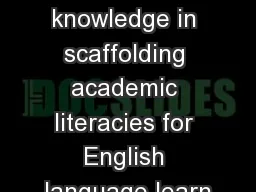
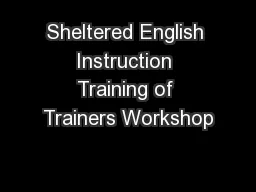
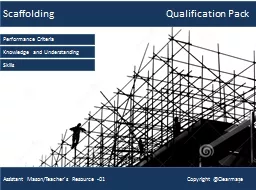
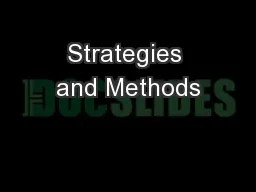
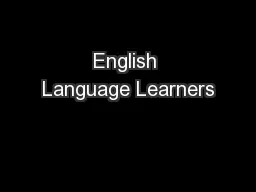
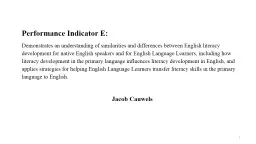
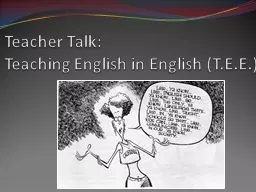



![[EPUB] - Scaffolding Language, Scaffolding Learning, Second Edition: Teaching English](https://thumbs.docslides.com/901765/epub-scaffolding-language-scaffolding-learning-second-edition-teaching-english-language-learners-in-the-mainstream-classroom.jpg)
